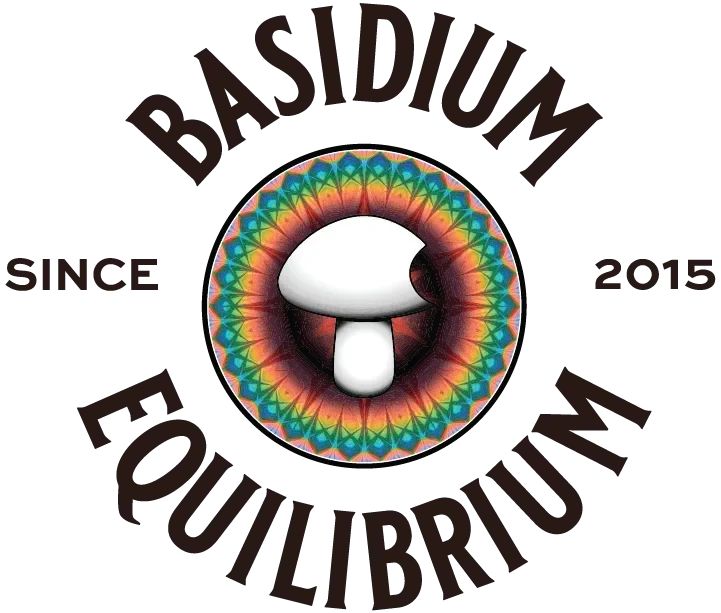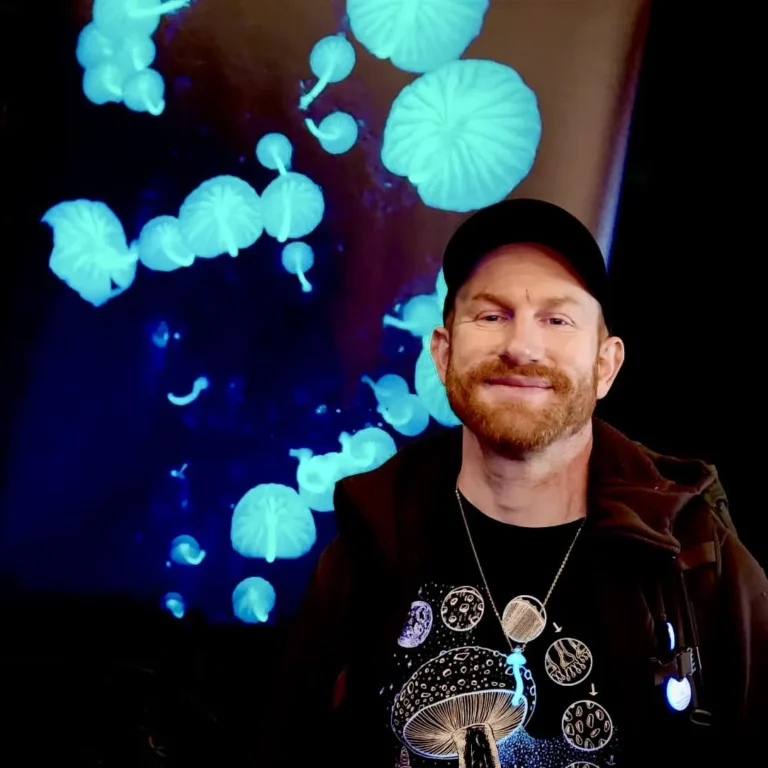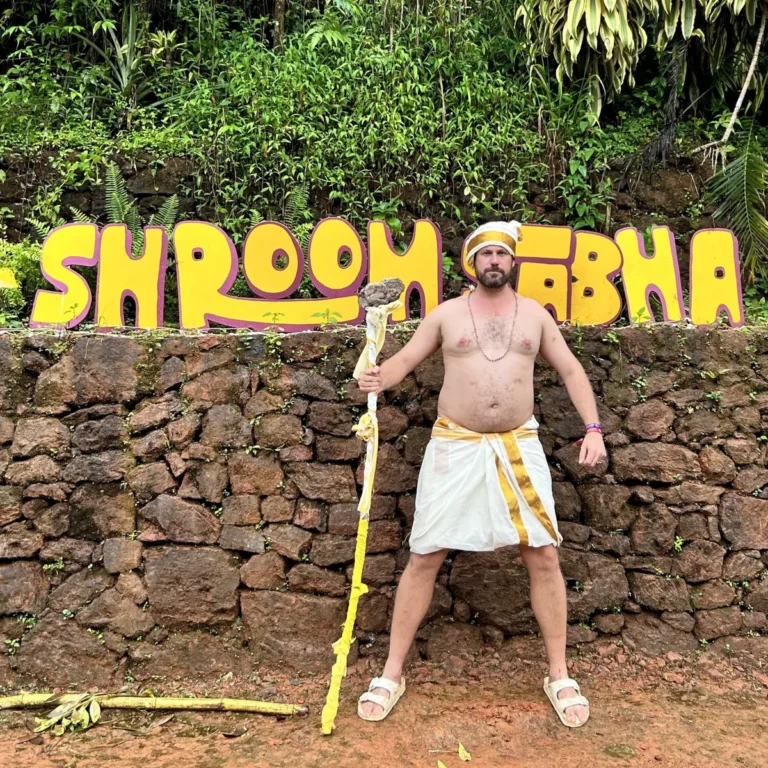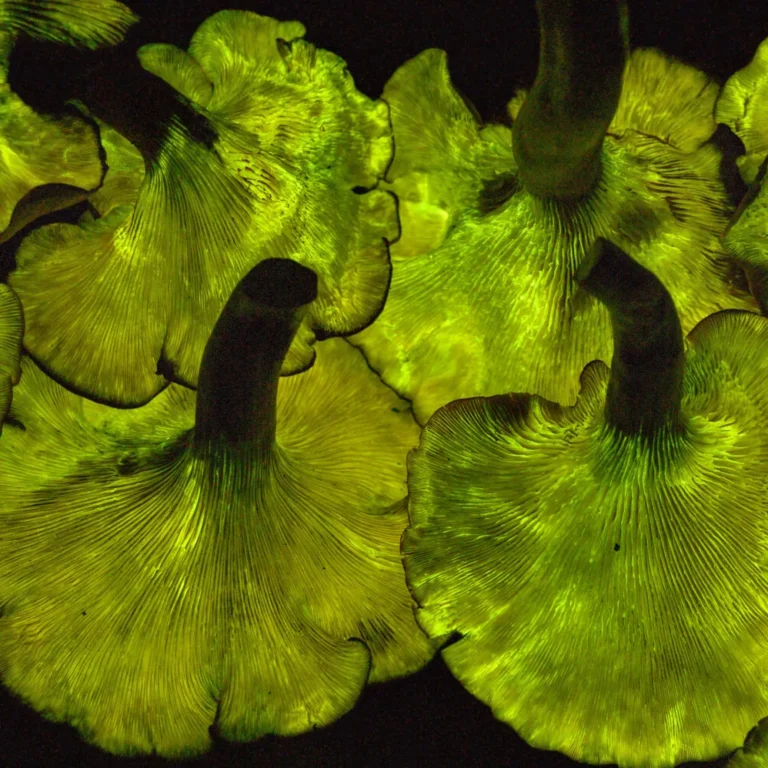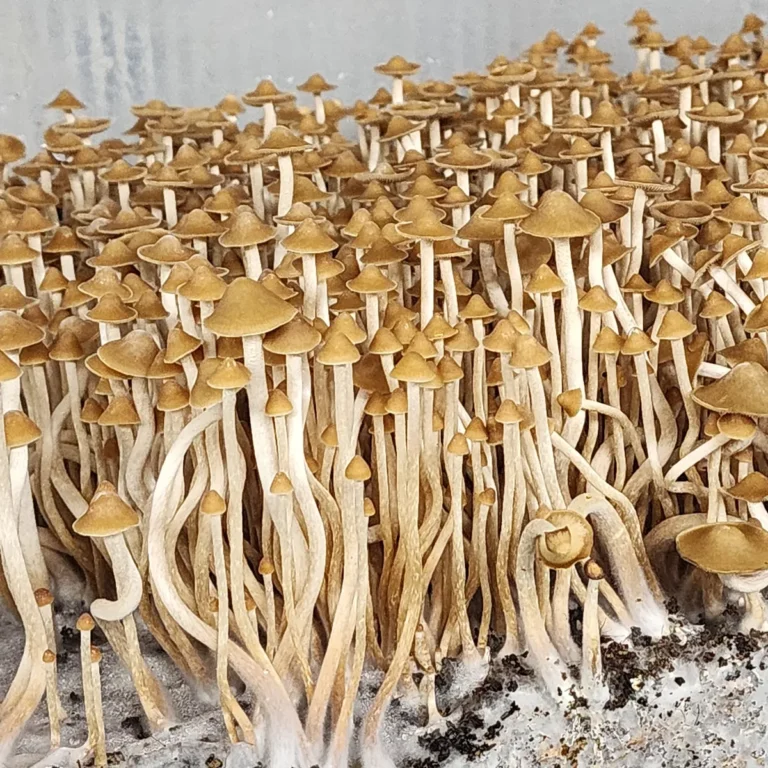Gaston Guzman
Written by: Basidium Equilibrium
Mycologist & Anthropologist: Gaston Guzmán
Early Life and First Steps into Mycology
Meet Gaston Guzmán, a mycological hero whose seminal works paved the way for future fungi experts and enthusiasts. Born in 1932 in Xalapa, Veracruz, Guzmán began his mycological journey during graduate studies in 1955. His early work revitalized the neglected fungal collection at the National Polytechnic Institute, a project that sparked a lifelong passion for fungi and led to a professional thesis dedicated entirely to mycology.
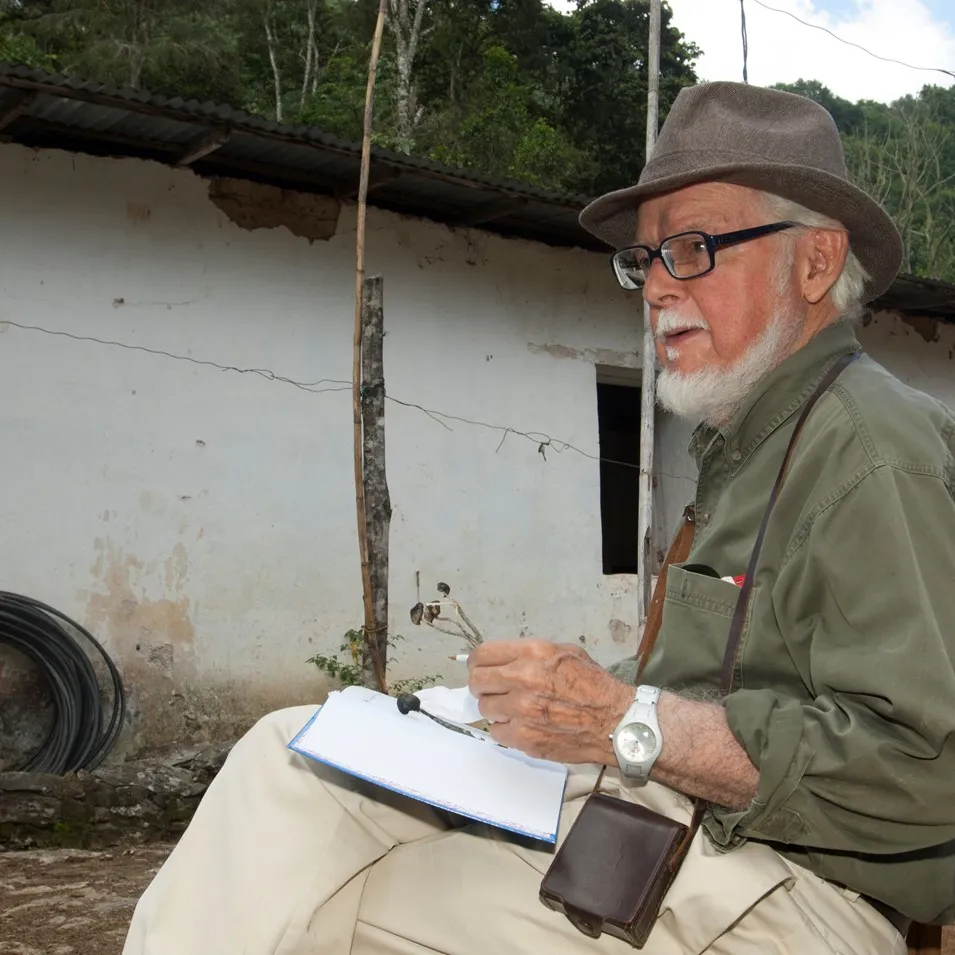
Collaboration and Fieldwork with Psilocybe
In 1957, Guzmán’s career took a pivotal turn when he joined Rolf Singer at the University of Mexico to study the hallucinogenic mushrooms of the Psilocybe genus. During this period, a chance meeting with R. Gordon Wasson in Huautla de Jiménez enriched his fieldwork and set the stage for what Guzmán later described as “fruitful” collaborations.
Early Academic Contributions
Guzmán’s academic output began in 1958 with a paper on a blue-staining Psilocybe species. He soon expanded into groundbreaking studies on the ecology of neurotropic fungi. His growing expertise was internationally recognized in 1971 when Richard Evans Schultes recommended him for a Guggenheim Foundation grant. This support allowed Guzmán to pursue what became his most influential work.
The Genus Psilocybe – A Landmark Monograph
In 1983, Guzmán published The Genus Psilocybe: A Systematic Revision of the Known Species. This comprehensive monograph detailed the history, chemistry, and worldwide distribution of hallucinogenic fungi. It became the cornerstone reference for psilocybin mushroom studies. Guzmán continued to update and expand this work throughout his career, adding new species as discoveries emerged.
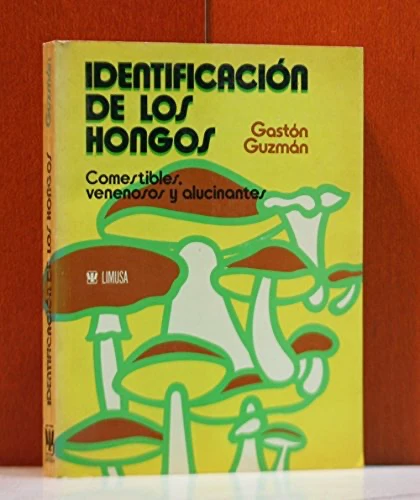
A Prolific Scholar and Taxonomist
Over his lifetime, Guzmán authored eight books and more than 350 scientific papers. He described over 200 new fungal taxa worldwide, with his team credited for identifying more than half of all known psilocybin mushroom species. His meticulous fieldwork and taxonomic clarity transformed the understanding of Mexican and global fungal diversity.
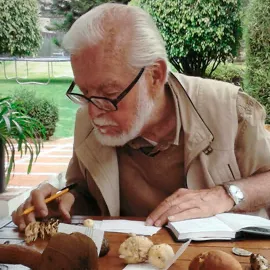
Leadership in Mycological Societies
Beyond research, Guzmán helped organize and guide the mycological community. He co-founded the Mexican Mycological Society in 1965, serving as its first president. In 1990, he helped establish the Latin American Mycological Association in Havana, Cuba, later serving as its president from 2000 to 2002. His influence extended well beyond the lab, fostering collaboration across borders.
Building Mexico’s Largest Fungal Collection
One of Guzmán’s enduring legacies was the creation of the Mycological Herbarium at the National School of Biological Sciences (ENCB) in 1955. Today, it houses over 100,000 specimens, making it the largest fungal collection in Mexico and an invaluable resource for ongoing research.
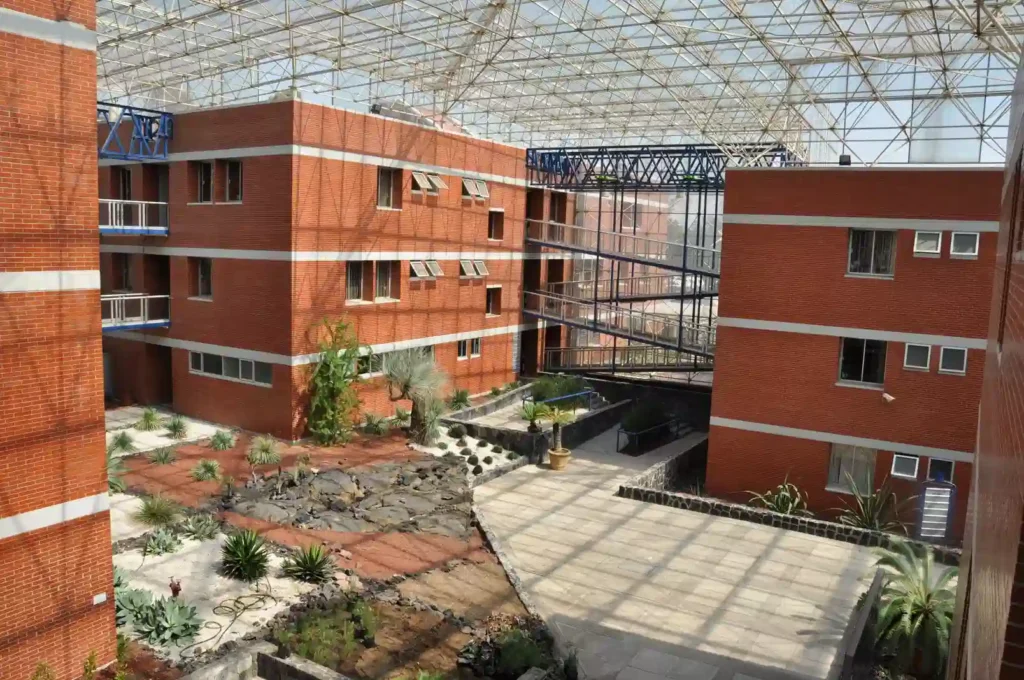
A Family Legacy in Mycology
The Guzmán tradition did not end with him. His daughter, Laura Guzmán Dávalos (born in 1961), became a respected mycologist, biologist, and lichenologist. She has continued her father’s pioneering work, carrying forward the family’s contribution to fungal science.
Lasting Influence and Final Years
Guzmán’s scholarly achievements were recognized again in 1971 when he received the Guggenheim Memorial Foundation Fellowship. This support sustained his lifelong focus on the Psilocybe genus. Until his passing from pneumonia in 2016, he remained active in research, refining his monograph and inspiring new generations of mycologists.
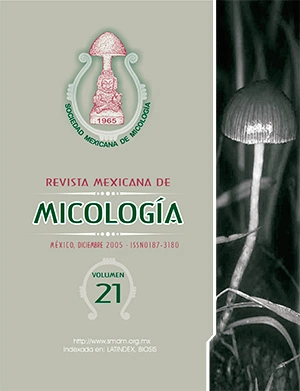
Remembering a Fungal Pioneer
For today’s mycophiles and mushroom foragers, Gaston Guzmán remains an enduring figure. His extensive work continues to guide the study of fungi and reminds us of the deep cultural, ecological, and scientific importance of mushrooms. In recognition of his life and legacy, we offer a humble salute to one of the most influential figures in mycological history.
